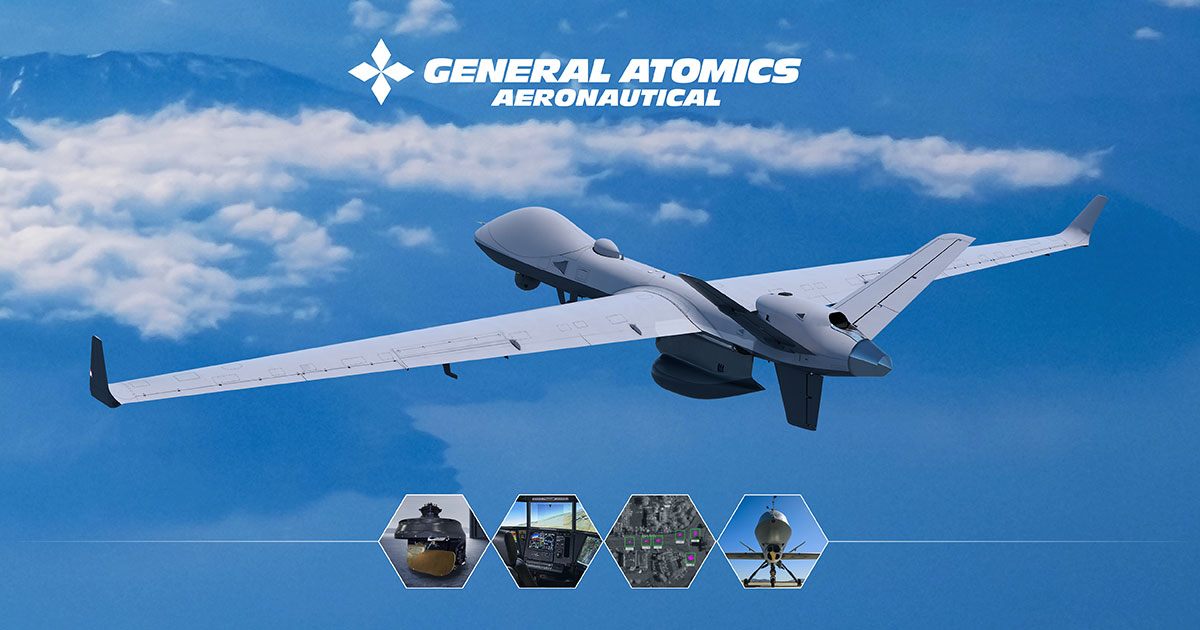Smaller boats always have a greater weapon:size ratio than larger boats, which greatly complicates the comparison. Larger ships have longer endurance, which means more food, fuel, and spare parts, plus more habitable space for the crews.
Maybe. If designed for it. And it's still going to be wave-beaten in bad weather, which tends to break things really hard.
You want to stick a CIWS up as high as you can to give the longest radar horizon, despite the ugly things that does to your stability. Look at where the CIWS are placed on US ships: Burke, one or two decks above the main deck. LCS, on top of the hangar.
I'd do a diesel-electric with a gas turbine electric for ~35knot sprint speed (nuclear subs are fast). All heavily rafted for silence. Stick all the generators down in the bilge for stability purposes. CIWS on top of the hangar for field of view/fire. Hangar and flight deck big enough for a Seahawk at a minimum, better if we can stuff an EH101 Merlin in there (greater export possibilities that way). Bofors 57mm Mk110 on the bow, we know that turret can take waves. Surface and VDS towed arrays. Whatever radar the host country uses most, the display model would use Sea Giraffe. Needs an EOTS as well, ideally something like the F35 DAS but that's stupid expensive right now.
And crap, that's really close to an LCS without the stupidly high speed requirements.
So, you meant that MkVIs carry 2x NSMs on each side?

